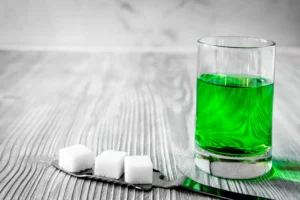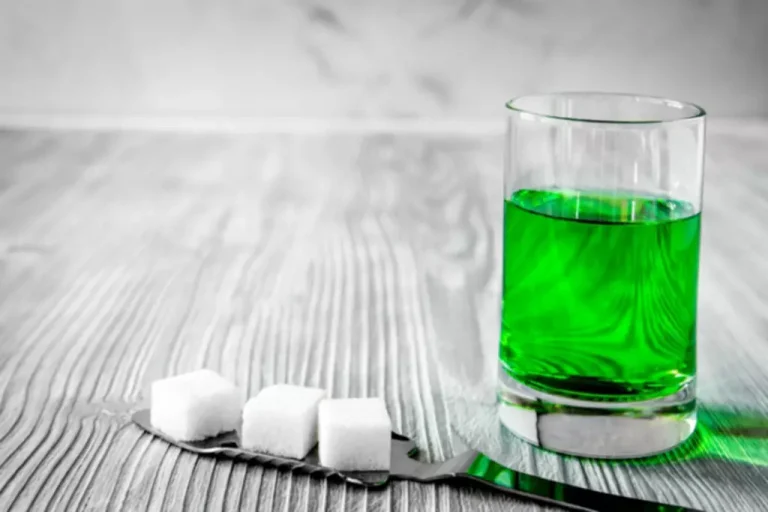
The report shows an estimated 400 million people lived with alcohol use disorders globally. U.S. death certificates, which are compiled and made available to researchers by the National Center for Health Statistics, include decedents’ educational attainment. However, the quality of the educational data varies across demographic group and states. Improvement in these data would enable better testing of hypotheses as to why drug mortality rates have increased among individuals without a 4-year college degree but remained relatively flat among those with a college degree (Case and Deaton, 2020). However, these studies have been hampered by the inability to examine those trends by decedents’ educational attainment. Such studies are key to elucidating the relative contribution of increasing disadvantage among lower-educated individuals to their rising rates of drug and alcohol mortality.
- Alcohol-induced death rates in 2023 were highest among AI/AN people (61.5 deaths per 100,000 people), adults ages 55 to 74 (32.5 deaths per 100,000 people), adults ages 35 to 54 (20.2 deaths per 100,000 people), and males (18.1 deaths per 100,000 people).
- “• The age-adjusted death rate for the White population (893.9) was 1.9 times greater than for the Asian non-Hispanic (subsequently, Asian) population (461.7) and 1.2 times greater than for the Hispanic population (724.7).
- The highest rate of suicide was among American Indian/Alaska Native people (27.1 deaths per 100,000 people), males (23 deaths per 100,000), older adults (21 deaths per 100,000), and people living in rural areas (20.5 deaths per 100,000).
- It is among the less-educated group of Whites that Case and Deaton (2020) show that the risk of dying from drugs, alcohol, and suicide increased with each subsequent birth cohort.
- In reality, about 50 percent of Americans don’t drink at all (would you have guessed the number was that high?!).
The rate of drug overdose deaths decreased among young and middle-aged adults from 2022 to 2023.
Heavy episodic drinking is defined as the proportion of adult drinkers who have had at least 60 grams or more of pure alcohol on at least one occasion in the past 30 days. An intake of 60 grams of pure alcohol is approximately equal to 6 standard alcoholic drinks. Alcohol consumption – whilst a risk factor for a number of health outcomes – typically has the greatest negative impacts when consumed within heavy sessions.
Israeli and Iranian People Deserve Better Opinion
Reduce overdose risk and access to lethal means of suicide through harm reduction programs including syringe services programs, access to overdose prevention medications like naloxone, and promoting safe storage of all firearms. In 2022, states with the highest rates of deaths due to alcohol, drugs, and suicide were New Mexico (124.3 deaths per 100,000 people), West Virginia (115.7 deaths per 100,000 people), and Alaska (104.1 deaths per 100,000 people). A decrease in the alcohol-induced mortality rate led to a slightly lower combined rate of all U.S. deaths due to alcohol, drugs, and suicide in 2022, but the long-term trend of such deaths is still alarmingly high. Most of the 145 countries that reported data did not have a specific budget line or data on governmental expenditures for treatment of substance use disorders.

Among females, those aged 35–44 had the largest percentage increase in death rates from 2019 to 2020.
Since 2006 the death rate for all ages due to alcohol has increased except in young adults aged 18 to 24. Young adults aged 18 to 24 had the lowest rates of death out of the overall U.S. population. The vast majority of those who pass away from the long-term effects of excessive alcohol consumption pass away due to alcoholic liver disease.
For deceased persons who at baseline had drunk alcohol in a risky manner or smoked tobacco daily, the data of all four estimates revealed significantly increased subhazard ratios (Table 3). The estimates that include all disorders revealed significantly increased subhazard ratios for disorders that are fully attributable and disorders that are partly attributable both to alcohol and to tobacco. The subhazard ratio of those with risky drinking at baseline was 2.05 (1.25–3.36) in the group of deceased persons with a fully attributable disorder and 1.48 (1.16–1.90) in the group of deceased persons with partly alcohol- and tobacco-attributable disorders if all disorders in the death certificate are considered including established but not suggestive tobacco-attributable. Current daily smokers had a subhazard ratio 4.71 (2.27–9.76) for fully attributable disorders and 2.03 (1.52–2.71) for partly alcohol- and tobacco-attributable disorders if among the tobacco-attributable only established ones are considered. The four assumptions according to the combinations of alcohol- or tobacco-attributable disorders were fulfilled when all disorders and the established tobacco-attributable disorders only but not when the established and suggestive tobacco-attributable disorders were used. With respect to the underlying causes of death, one of the four assumptions was fulfilled, both when established and suggestive or when established tobacco-attributable disorders only were used.

- While all population groups have experienced increases in substance misuse and suicide deaths over the last two decades, American Indian and Alaska Native people, Black people, and white people have higher than average combined rates for alcohol, drug, and suicide deaths.
- The prevalence of alcohol dependence in men is typically higher than in women across all countries.
- High percentages of hypertrophy and atherosclerosis have been reported in opioid mortality cases 33, with speculation that underlying cardiovascular disease could increase the risk of hypoxia related cardiac arrest or arrhythmias from opioid toxicity.
- Several investigative books and docuseries describe how patients would line up, pay cash, and leave with prescriptions for high-dosage opioids and other drugs, which they sometimes used themselves but often sold or diverted to family and friends (Quinones, 2015; Temple, 2016; Willoughby Nason and Furst, 2020).
Thus, the modeling was subsequently repeated adding in presence or absence of hepatic disease as a covariate. No statistically significant associations (p values from 0.10–0.41) were found for any of the four opioids studied, nor were any of the other associations significantly affected. Rises in alcohol deaths difference between drugs and alcohol may be attributed to a variety of factors including, in part, increases in drinking and low treatment rates. Alcohol consumption and some indicators of binge drinking have been on the rise in recent years, particularly among some demographic groups. Excessive alcohol consumption is tied to the development of alcohol-related diseases, which can be fatal.
When it was crushed and snorted or dissolved and injected, users could obtain a very intense immediate high, making OxyContin much more addictive than other prescription opioid products already on the market. Purdue also exaggerated the period of pain relief OxyContin typically provided (12 hours). Most people who used it experienced a much shorter relief period, leading them to take the pills more frequently. Among the most well-known culprits in the opioid overprescribing crisis is the pharmaceutical company Purdue Pharma. In 2020, Purdue reached an $8.3 billion settlement with the U.S. government and agreed to plead guilty to criminal charges that it enabled the supply of opioids “without legitimate medical purpose,” conspired to defraud the United States, and violated antikickback laws in its distribution of opioids. Kickbacks included payment to health care companies and physicians to encourage opioid prescribing (Sherman, 2020).
Associated Indicator Reports

In the past decade, this evidence base has been the subject of numerous systematic expert reviews to assess the quality and consistency of the evidence for particular strategies; and to make recommendations based on this evidence. The following list summarizes the evidence-based prevention strategies that are well-recommended Alcoholics Anonymous by experts; and that could be more widely or completely implemented in New Mexico to reduce our alcohol-related problems. In drafting its guideline, the centre said research suggests health-related risk from alcohol is negligible when consuming two drinks per week, moderate for three-to-six drinks per week, and increasingly high beyond that.

The permutation tests for model (number of joinpoints) significance were set at an overall alpha level of 0.05 (8,9). Pairwise comparisons of rates (for example, age-adjusted rates for males compared with females and year-to-year comparisons) were conducted using the z test with an alpha level of 0.05 (9). “ Among drug overdose deaths that mentioned at least one specific drug, oxycodone ranked first in 2011,heroin from 2012 through 2015, and fentanyl in 2016.

Comments are closed.